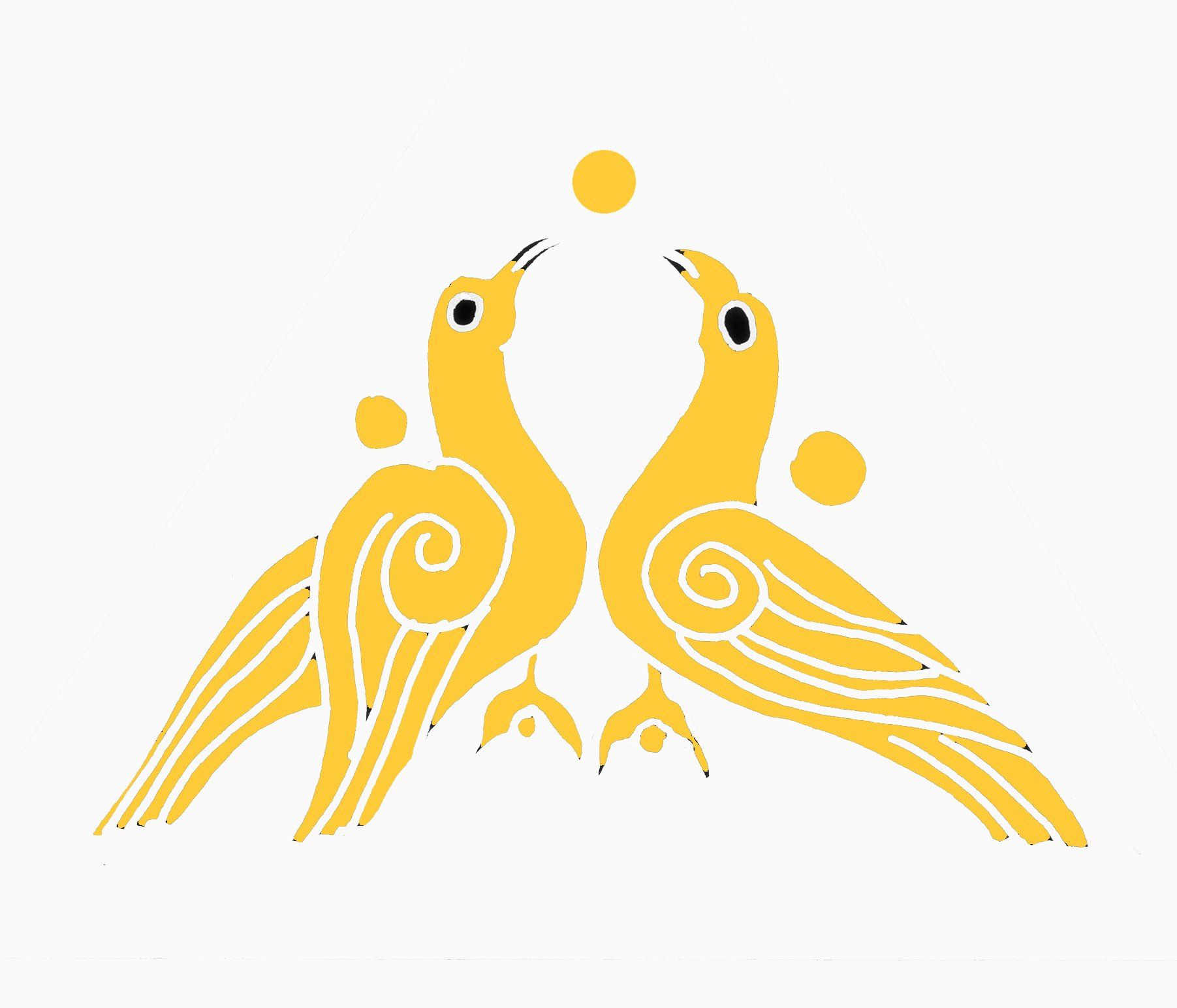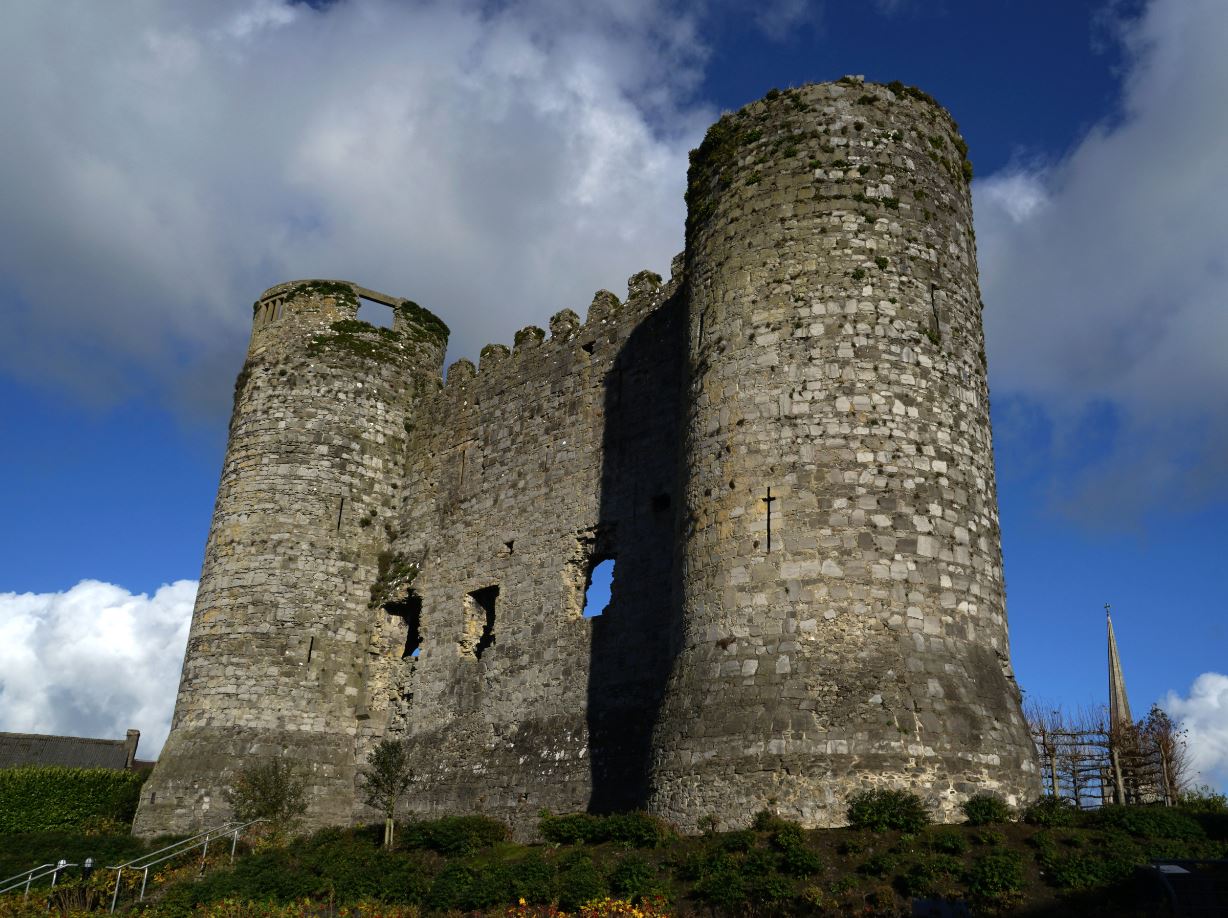1366 - the Statutes of Kilkenny
During the 1350s, a campaign was underway amongst the Anglo-Irish colony to persuade Edward III to visit Ireland. In October 1360, James Butler, the second earl of Ormond, went personally to England to lead the campaign. It was exactly 150 years since king John had left Ireland, the last English sovereign to set foot on Irish soil. The colony had been ravaged by the effects of the Bruce invasion and the Black Death. In addition, there was the on-going issues of absentee English landowners who took no direct involvement in the management of their Irish estates. This had led to a severe reduction of government resources, in particular the military capacity required to maintain law and order, not just with the troublesome Gaelic neighbours, but also amongst the equally quarrelsome Anglo-Irish.
This was not the first or last such appeal to the English monarchy, but there were now reasons to be optimistic. In 1359, Edward III had concluded a treaty with France, which provided him with time and energy to devote to Irish affairs. However, the king decided not to visit Ireland himself. Instead, he chose his third son, Lionel of Antwerp (where he was born), later duke of Clarence, as his lieutenant in Ireland. The appointment would mean that the earl of Ormond, as chief governor in Ireland, would have to step aside in favour of the king’s son, but this royal appointment could potentially bring him closer to the crown than his family had been in well over a century.
Lionel’s selection made perfect sense. As the son of the king, the monarchy could be seen to be taking a more direct role in Anglo-Irish affairs. Furthermore, Lionel had important Irish connections of his own. Petitions from the Anglo-Irish had exerted pressure on the king to marry Lionel to Elizabeth de Burgh, the daughter and sole heiress of William de Burgh, the Brown Earl, who was murdered in 1333. They were married in 1352, though five years earlier he took the title of Earl of Ulster from the father-in-law he never met. Equally, as an absentee land holder in Connaught and Ulster, albeit through his wife, Lionel’s presence in Ireland would set an example to others in England who had paid little attention to their Irish estates.
In September 1361, at the age of 22, Lionel of Antwerp arrived in Ireland. His departure from England was preceded by elaborate preparations, including the recruitment of soldiers, stone masons and carpenters for the repair of the royal castles in Ireland. Lionel reached Dublin on 15th September, and this would be his main residence until 1366. On 13th November, he was created duke of Clarence, and there seems little doubt that this elevation was partly intended to add even further credibility to his new job in Ireland. Lionel renovated Dublin castle, where the second earl of Ormond served as constable.
Shortly before Lionel had left for Ireland, a decision was taken to transfer the seat of government from Dublin to Carlow. A month after Lionel’s arrival, the sheriff of Dublin was ordered to bring to Carlow materials for repairing the castle. Initially the offices of the exchequer were moved here, but within a few months, further elements of the government administration were also moved to Carlow. This early example of government decentralisation was an attempt to develop an administrative nerve centre that was located centrally between Dublin and Kilkenny, and within easy reach from both. Kilkenny might have seemed a logical choice, except that the town was not in the king’s hands, whereas Carlow had been in royal control since 1344. It may be no coincidence that it brought the royal government in Ireland a little closer to the earl of Ormond’s power base at Gowran in Kilkenny.
The main problem with the selection of Carlow as the new administrative capital was that it was located within a region of Leinster that had suffered most from the neglect of absentee landlords, and the local Gaelic families had filled the vacuum. To the west were the O’Moores and O’Connors of Laois and Offaly, while to the east the MacMurroughs and O’Byrnes controlled much of north Wexford and Wicklow, as well as the adjoining parts of Carlow itself. Within weeks of arriving, Lionel spearheaded a military offensive against the O’Byrnes and MacMurroughs to pacify the region.
Today we are familiar with the concept of government having major offices at various locations throughout the country. Less familiar to us today is the concept of holding parliament at multiple locations. This was not unusual during the late medieval period, when meetings of parliament and the King’s council (the medieval equivalent of a cabinet) would convene its meeting in different locations around the country. Between 1277 and 1425, thirty-four meetings of parliament or council were convened in Kilkenny. The most famous of these was a meeting of parliament held in February 1366, which was presided over by Lionel of Antwerp himself.
It was the February 1366 meeting of parliament that passed the Statutes of Kilkenny, which have become ingrained in Irish memory as one of the most momentous events in the medieval history of the country. In fact, there was little new in the statutes that were passed. A meeting in Kilkenny sixteen years previously had produced a set of ordinances that were remarkably similar to the statutes passed in 1366.
The preamble to the 1366 statutes gives a flavour of their overall context:
‘at the conquest of the land of Ireland and long after the English of the said land used the English language, dress, and manner of riding, and they and their subjects called betaghs [Gaelic tenants] were governed by English law … and now many English of the said land, forsaking the English language, fashion, manner of riding, laws and usages, live and govern themselves by the manners, fashion, and language of the Irish enemies, and have made divers marriages and alliances between themselves and the Irish enemies, by which the said land and its liege people, the English language, the allegiance due to our lord the king, and the English laws are put in subjection and decayed, and the Irish enemies raised up and relieved contrary to reason’.
Given that most of Connaught and Ulster, and even large parts of Munster and Leinster, were no longer controlled by the English government in Ireland, these statutes were not aimed at the Gaelic Irish in these areas. They were aimed at the old English settlers, those who often traced their ancestry to the early decades of the conquest, over 150 years earlier. It was felt that they had gradually become more Gaelicised in their manners and customs, and that intermarriage was undermining the English law of inheritance. Designed to tackle these issues, the statutes forbade the marriage and fostering of children between English and Irish, enacted that every Englishman should use an English name and adopt the English language, customs, fashions, dress and manner of riding (the latter is best understood when we remember how Cathal Crobhderg removed the saddle from the horse presented to him by king John in 1210). There were also numerous clauses related to defense, which was an understandable preoccupation of the English settlers at this time. However, one of the most overlooked clauses is also one of the most revealing about the overall objectives of the Kilkenny statutes. The new English arrivals were forbidden to call the established colonists ‘Irish dogs’, and in return, the established Anglo-Irish were forbidden to refer to any new arrivals as ‘English hobbes’ or fools. Perhaps the walls in Kilkenny still echoed with the words that Arnold le Poer had used to describe the bishop Richard Ledrede
in 1324; ‘an ignorant low-born vagabond from England’.
It has been argued that, rather than being a strict prohibition, many of the 1366 statutes were designed to provide policy and regulation. In reality, pragmatism meant that they were widely ignored when it convenient to do so. Marriage alliances between the English and Gaelic families continued, usually requiring a licence, and this caused little difficulty if it was felt that the person in question was loyal to the crown. The attempts to ban the use of the Irish language and clothing styles were also blatantly ignored by many of Anglo-Irish. In many respects, little changed, but they would have an impact on claims and inheritance to land, particularly as a result of mixed-marriage, and this would soon become an issue when it came to an ambitious Gaelic man who married a wealthy Anglo-Irish heiress.
In 1363, while Lionel was in Ireland, his wife Elizabeth de Burgh died. Their only daughter, Philippa, was still an infant. On 7th November 1366, Lionel and his young daughter left Ireland. He reputedly swore never to return. The exchequer remained in Carlow for nearly 30 years after Lionel’s departure. However, in 1394 the decision was made to move the exchequer back to Dublin. This coincided with the arrival of the first English king to visit Ireland since John in 1210. The man he came to confront was that ambitious Gaelic man who married a wealthy Anglo-Irish heiress, Art MacMurrough-Kavanagh, who styled himself king of Leinster.


